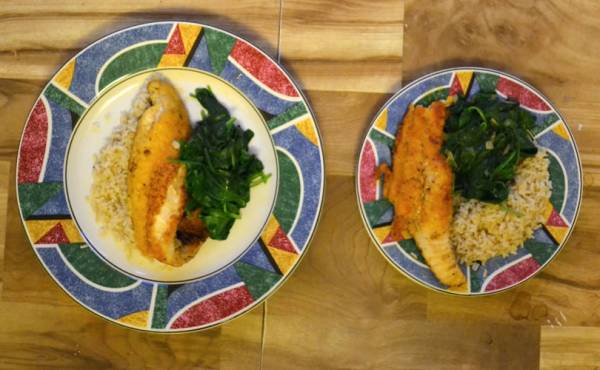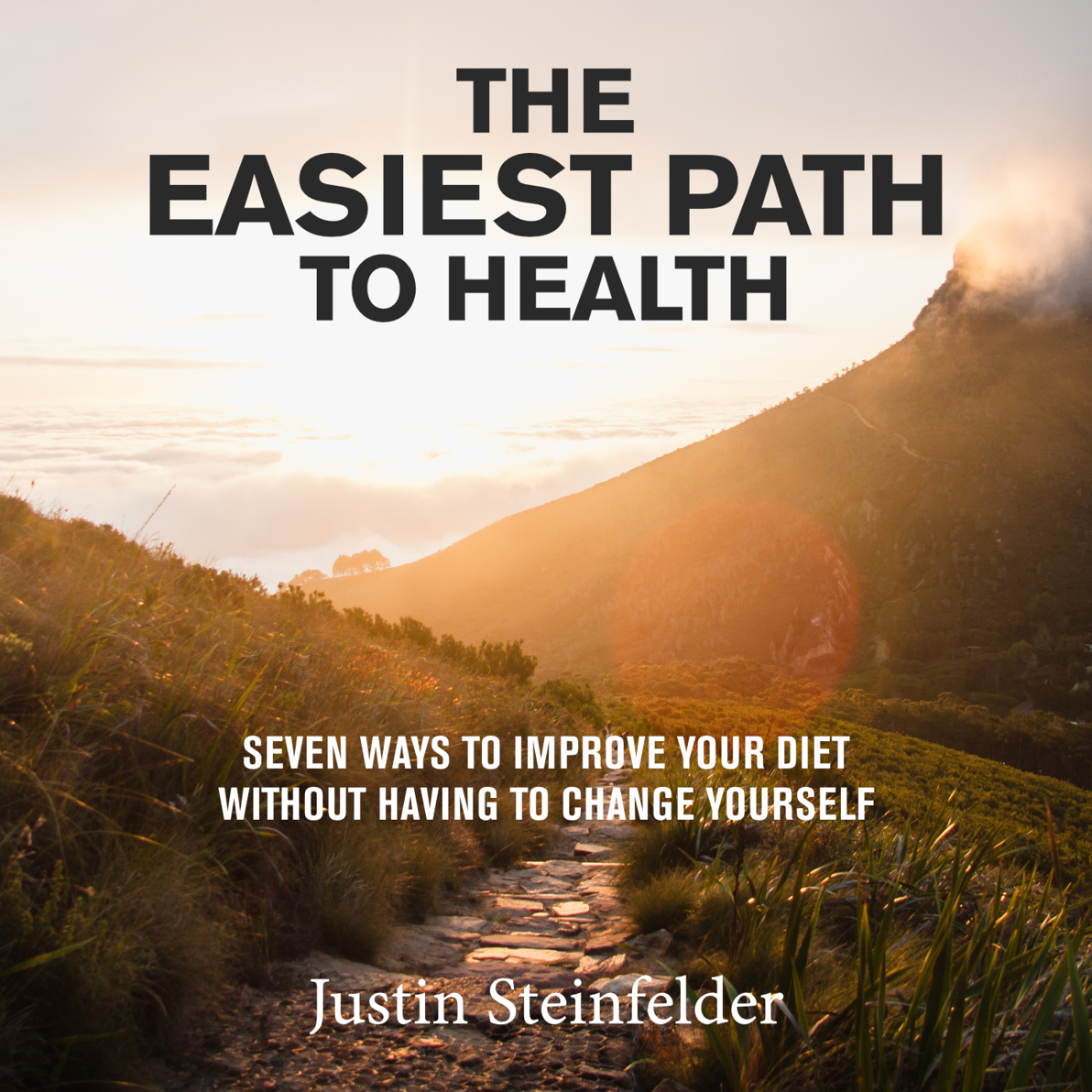Reading Time: ~4 minutes (or less time than it takes to boil an egg, if you know how…)
“We are always looking at the things around us in relation to others.”
The Situation
Growing up, one of the dietary staples for my brother and me was eating bowls of cereal. Pretty typical. But the problem was that, from ages 8-22, the size of our bowls progressively expanded. By our early teenage years, they weren’t bowls at all. To the rest of the planet, they’re known as Tupperware—huge storing and serving containers.
The result of eating one or two gargantuan bowls of sugary, refined-grain cereal for a decade? We got chunky.

I didn’t get clued into how big our portion sizes had been until years later, in college, when I spent a semester in Rome. In Italy, a sandwich consists of a mini-baguette and razor-thin, single slices of meat, cheese, and lettuce. Even what we think of as unhealthy foods, like pasta and pizza, are served in portions half the size of what we typically eat in the US.
At first I feared I wouldn’t be full. But a funny thing happened after consuming these undersized Italian staples—I wasn’t hungry. The way smaller plates of food still somehow led to satiation.
What was going on?
The Science
Recent reviews of the research on portion size and plate size have shown a consistently strong correlation. If we’re served more food, on bigger plates, we eat more—if less food on smaller plates, we eat less. This happens regardless of satiety.
Many theories explain this phenomenon. A popular one indicts our societal ‘clean your plate’ mentality. Another (more interesting) theory is based on a curious optical illusion.
Take a look at the images below. In each one, a thick dark circle is surrounded by a thinner circular line. The only difference is the size of the outer line, what researchers refer to as the ‘context.’

If you’re like most people, you will perceive the middle circle on the right to be larger than the one on the left. But, in fact, they are the same exact size. (Measure the page if you want. I had to.)
What does this show? Our perception is altered by various factors, including the context in which the subject we are viewing lies. Dan Ariely of Duke University calls this ‘relativity’. He explains that we only understand things with respect to their surroundings:
“We are always looking at the things around us in relation to others. We can’t help it. This holds true not only for physical things—toasters, bicycles, puppies, restaurant entrées, and spouses—but for experiences such as vacations and educational options, and for ephemeral things as well: emotions, attitudes, and points of view. We always compare jobs with jobs, vacations with vacations, lovers with lovers, and wines with wines.”
But whether or not this wholly explains the phenomenon, studies continue to corroborate the overall idea—bigger plates and bigger portions tend to lead to more eating.
Though there are a couple studies that have challenged this claim, a recent meta-study out of the University of Chicago reviewed over 50 studies on reduction in plate size. The researchers found that reduced plate sizes lead to a significant result:
“Combining all the studies showed that halving the plate size led to a 30% reduction in amount of food consumed on average. In the case of plates, reducing the diameter by 30% halves the area of the plate and reduces consumption by 30%.”
Interestingly enough, the opposite seems to be true as well. A 2014 review published in the Journal of Marketing showed that if you double portion size, it leads on average to a 35% increase in food consumption. This was confirmed in a 2018 review.
The bottom line: bigger dinnerware, silverware, and glassware likely leads to more calories consumed.
The Strategies
Remember that Geico commercial where the “house was built too small”? The above research on reducing the size of what your eat on (and with) is compelling. Here’s how to make it actionable:
A. TRASH LARGE PLATES, GLASSES & SPOONS
You will likely serve yourself, and eat significantly less food. This might be the easiest ‘set it and forget it’ strategy. Apparently, the average size of dinner plates in the US are 12” compared to 9” in Europe. Whatever your dish size, reduce it by 30%.
If you’re ready to order a few, I think Corelle plates are great. If you want to go the extra mile, get pre-portioned plates.
B. ORDER THE SMALL
Always opt for the small or kiddie cup. You are unlikely to perceive the difference.
C. GET SIDE PLATES
If you can control it, pick a side plate to fill up at the buffet or at a party, not the large dinner plate. If the only plates are large ones, fill 50-75% of your plate with greens and veggies.
D. REVERSE: BIG BOWLS FOR HEALTH
The flip side to this is if you are eating mostly low-calorie, nutrient-dense foods—like spinach, broccoli, onions, bell peppers, and lentils—get a bigger bowl. As Dr. Michael Greger likes to say of these healthy foods: “the more you eat, the healthier you are.”N
Want More Tweaks?
Here’s 6 more, plus a more in depth discussion behind the behavioral science and where to read more. Oh, and don’t worry, she’s completely free. Total reading time: 50 minutes.


